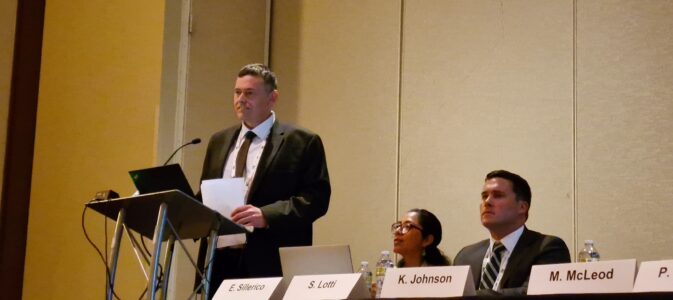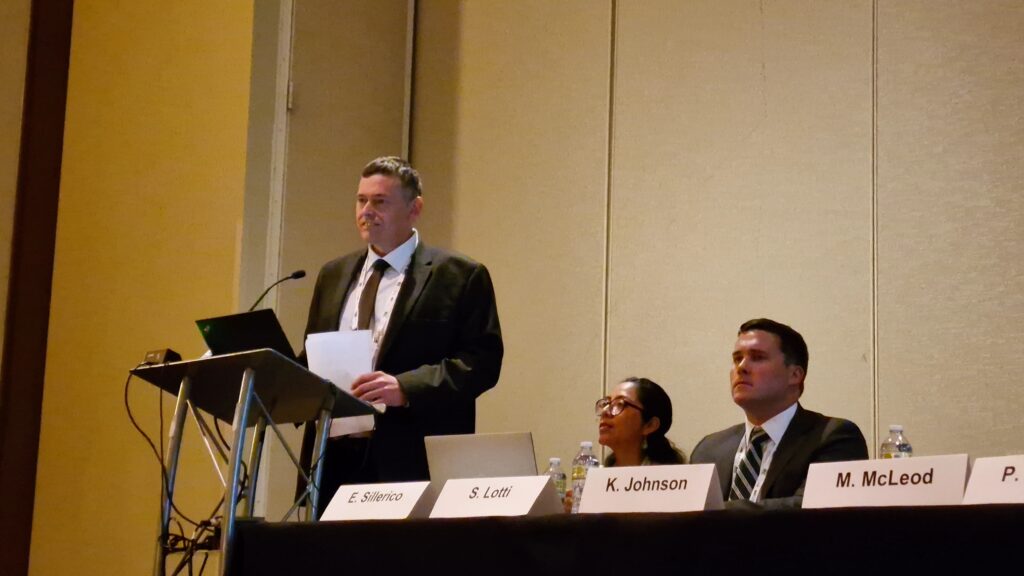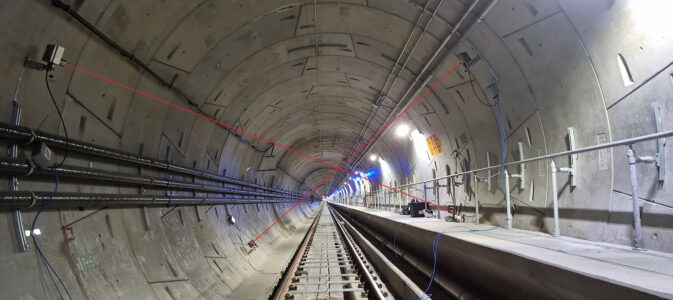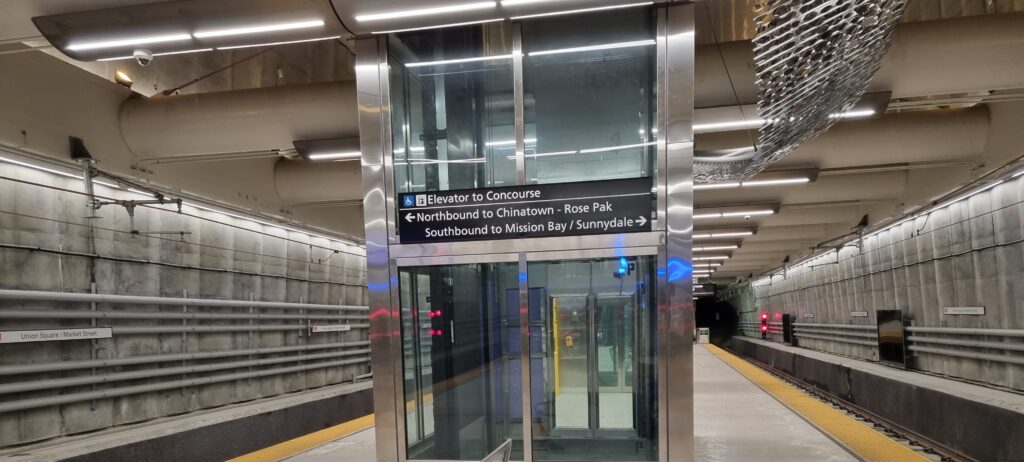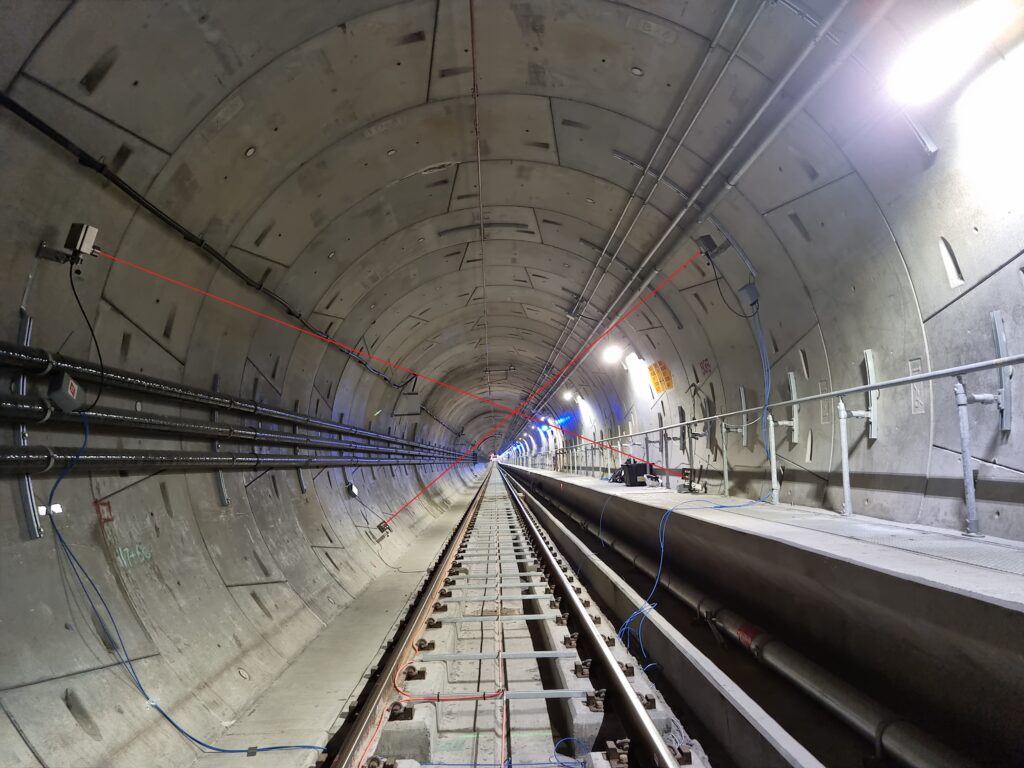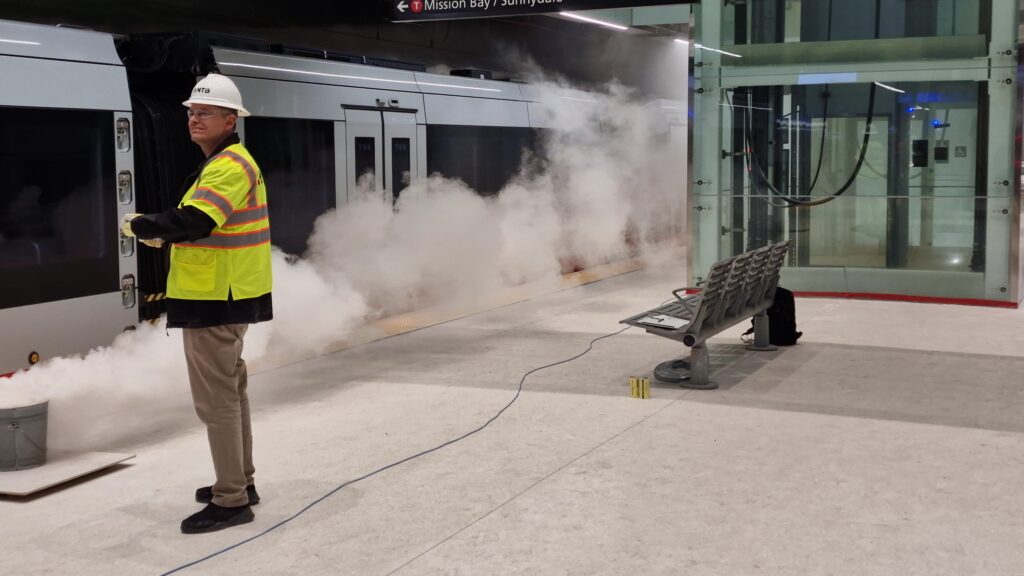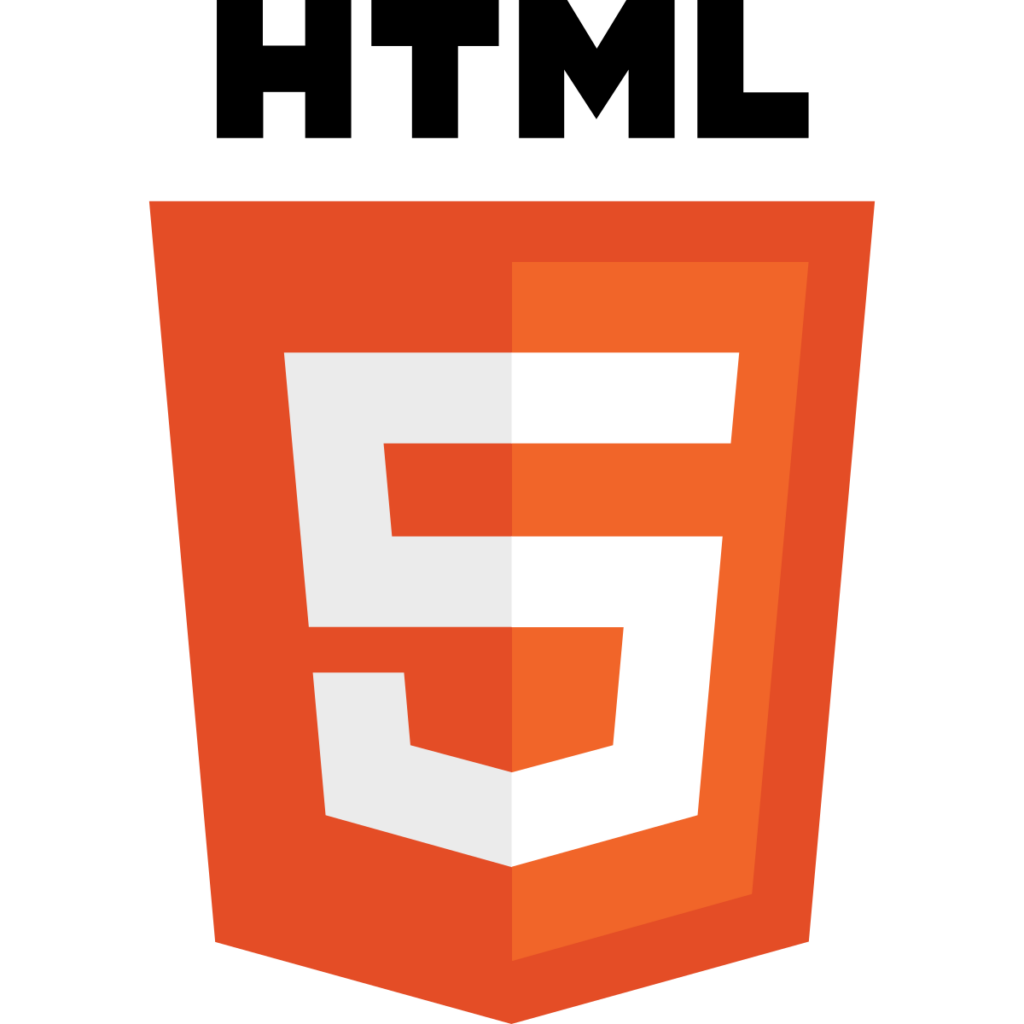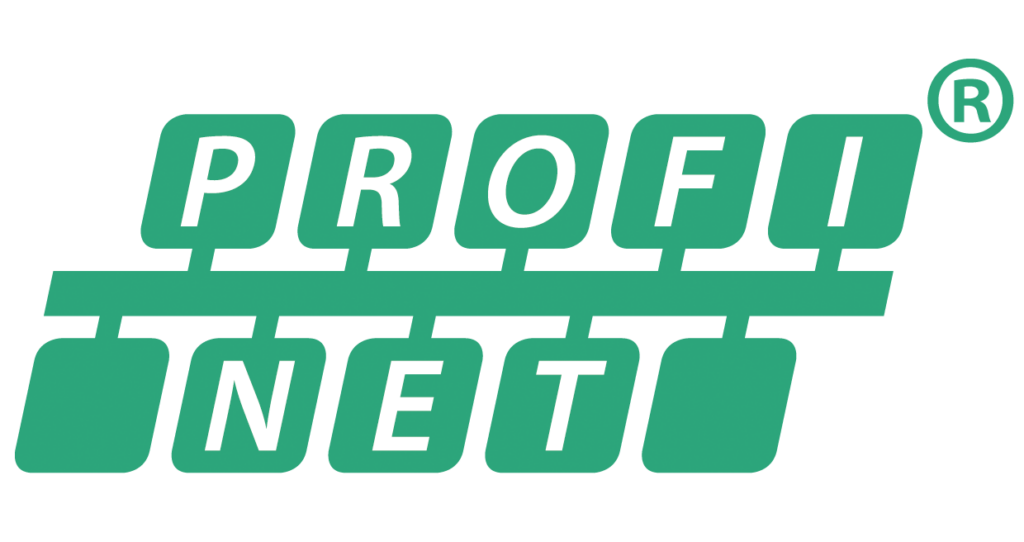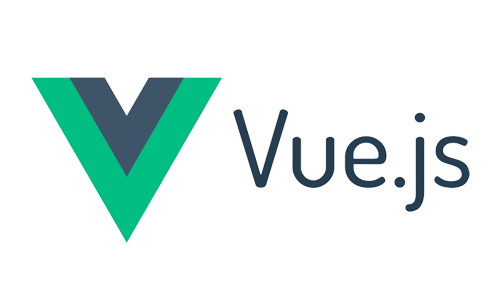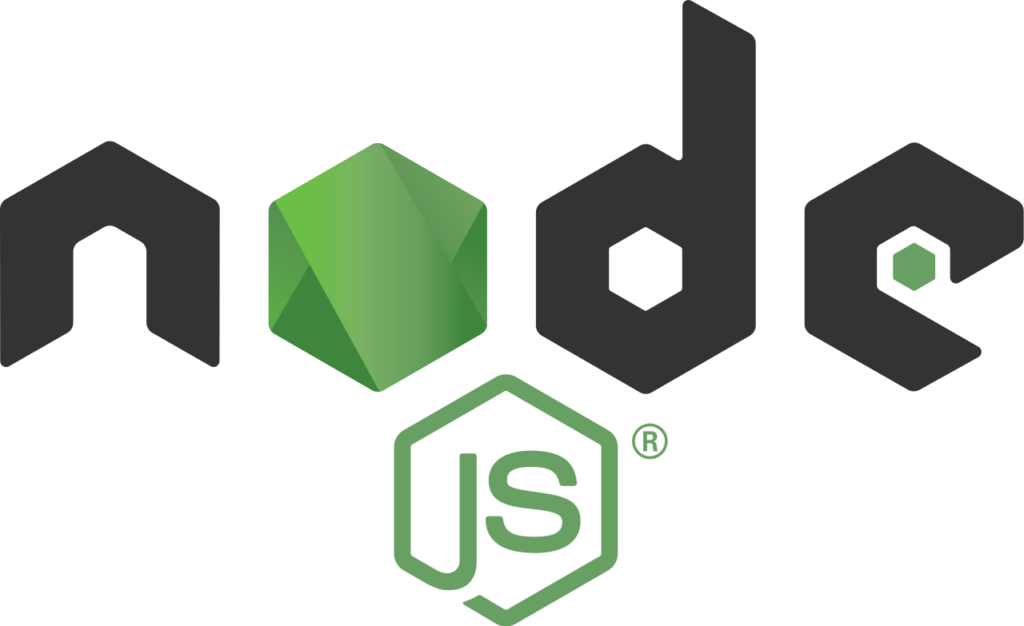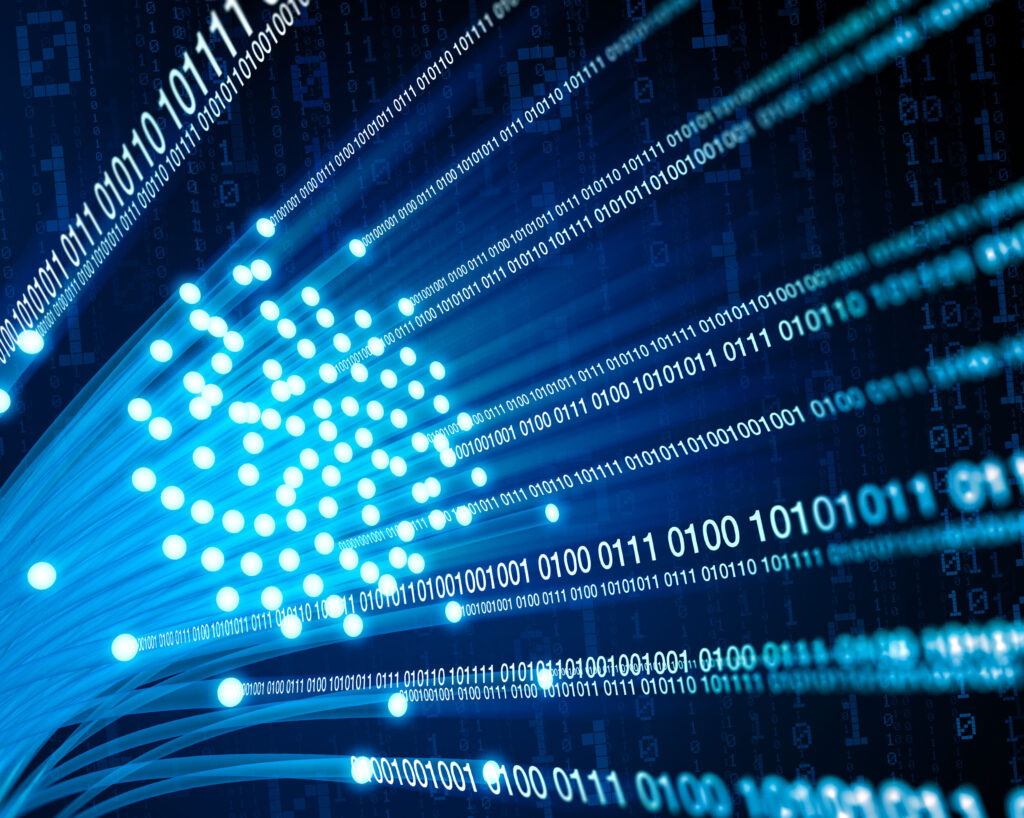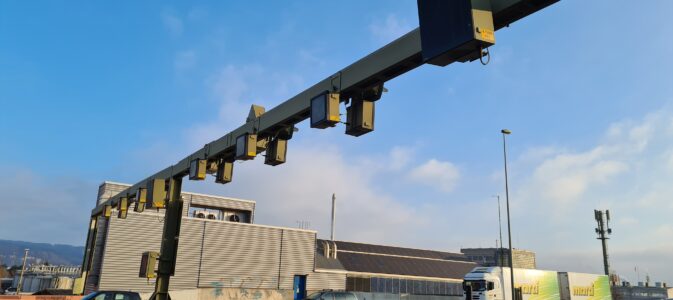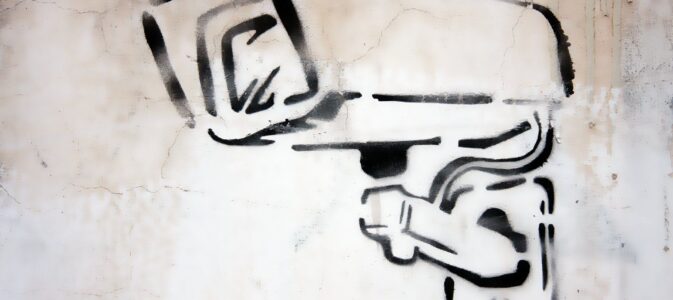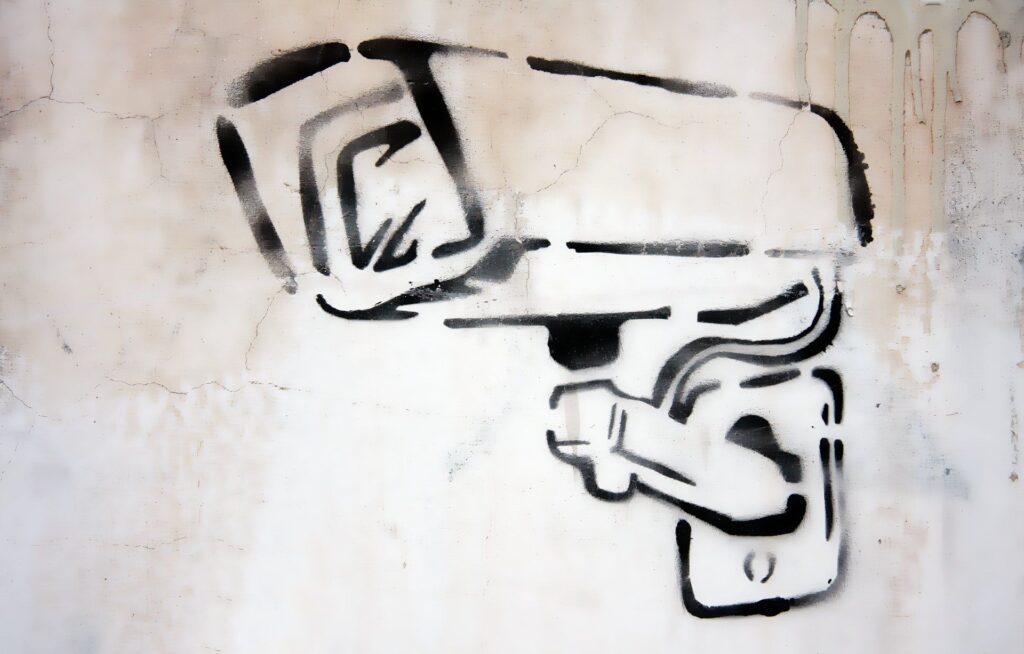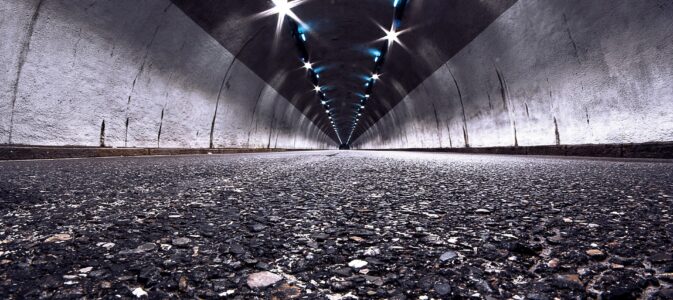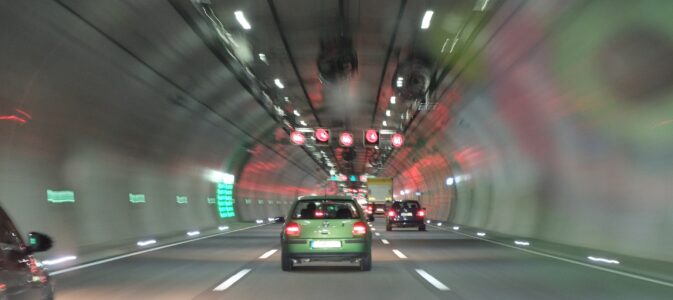Have you ever wondered why you keep standing at red lights at intersections for so long and no one comes from the other side?
The answer is very simple: these intersections are controlled by simple timers that have no idea whether a vehicle is there or not.
And our solution to this problem is even simpler.
Rely on our traffic management server.
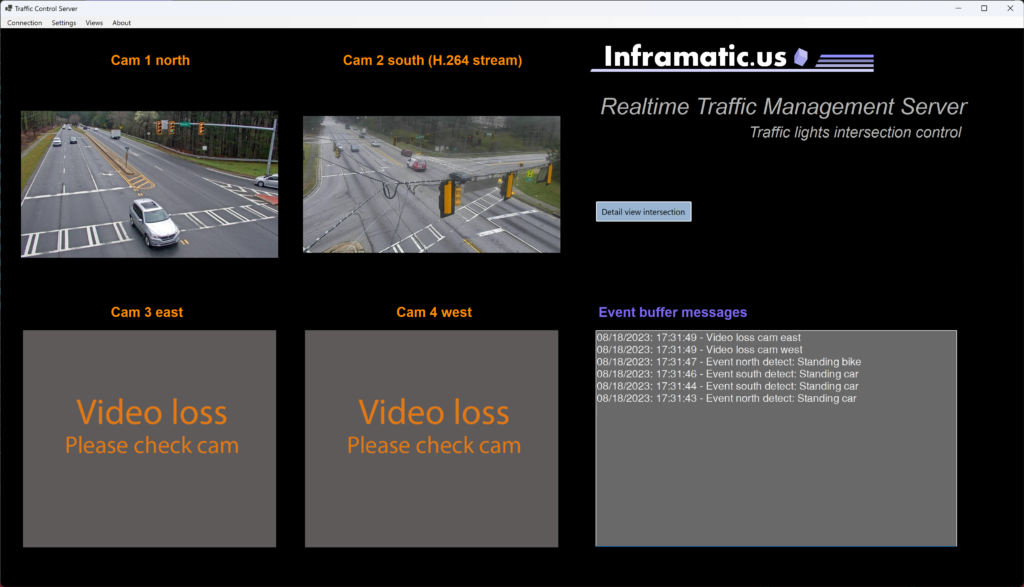
If you think that sounds complicated and expensive, you’re wrong.
Where the relays and timers are now mounted, we simply replaced the old control components with a single control unit that processes and switches everything. To detect wheter a car or bicycle stands in front of the intersection we use cameras and detect the objects. Of course separeted by the different lanes. Depending on the local weather or environmental influences, we supplement the cameras with radar or lidar detection devices.
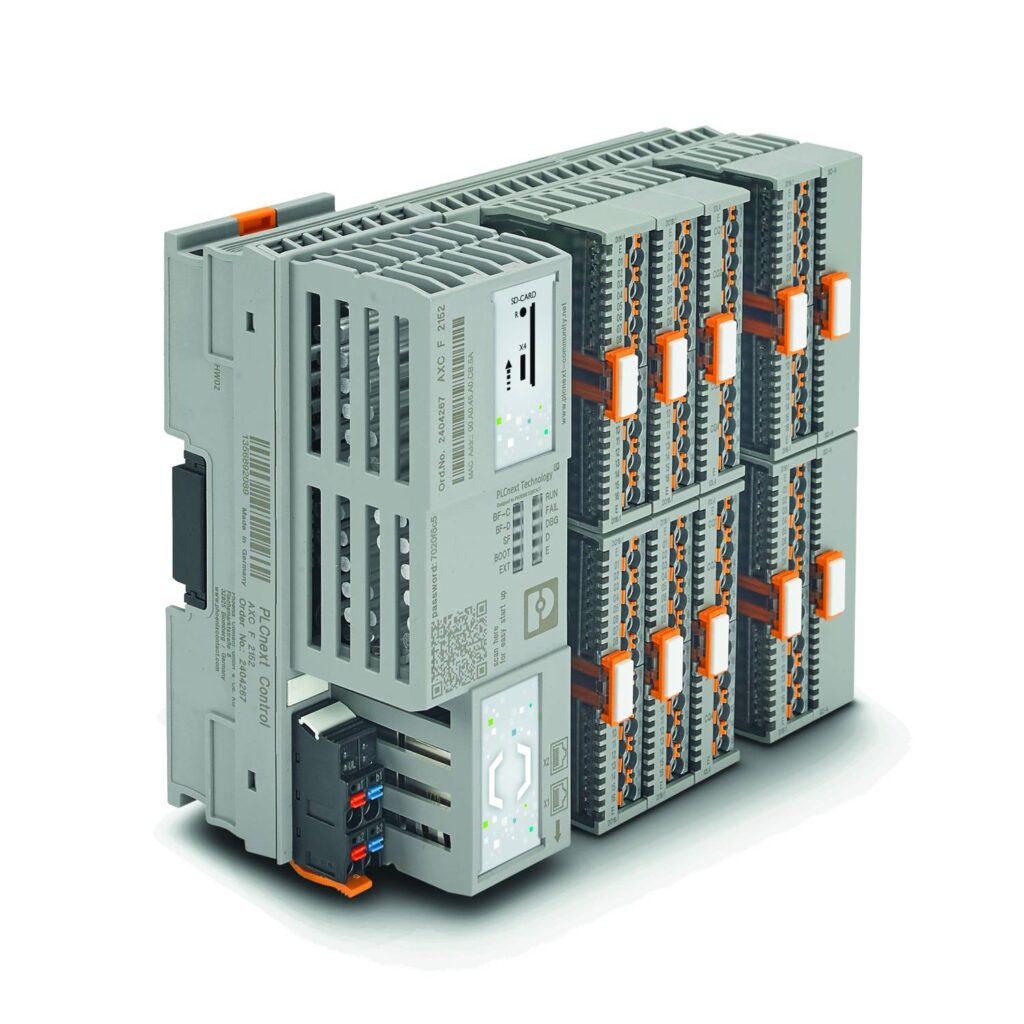
In addition to the advantage that no one has to wait unnecessarily in front of an intersection, our solution also offers many other advantages free of charge:
- Cam images can be used also for law enforcement
- Recording of the images
- Cascading of following intersection is possible – Green light section over multiple controllers
- Interface to other devices or control systems is available (e.g. BacNet, TCP, etc.)
- Multiple fallback levels are integrated (in the event of failure of individual or all sensors)


